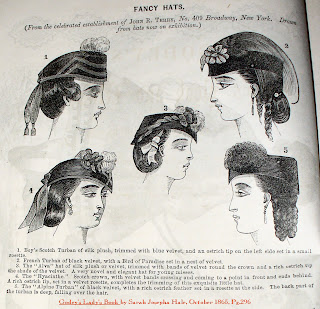Shortbread is a yummy, plain, butter cookie, but it wasn't always so. Many modern recipes only use three ingredients: flour, butter and sugar. But historically, shortbread used to include dried fruits, nuts and even caraway seeds!
Shortbread can be served with tea or coffee and are the basis for a lot of modern-day treats such as Girl Scout Cookies."Petticoat Tails" were a shortbread treat, popularly served with tea in the 1850s. Petticoat tails are made by making a round shortbread in a tin, cutting out a hole in the center, and cutting the remaining shortbread into triangles.

I have made modernized instructions for this recipe at the bottom of this post. It mentions using a "mutchkin" of barm. A mutchkin is 1/4 an English pint. Barm is the froth from the top of beer. It is used in the recipe as a leavening agent. Today shortbread is made without any leavening. I was going to wait until I made some of these recipes before I wrote this post but other people might save me the work and make some of these for me. :D

























